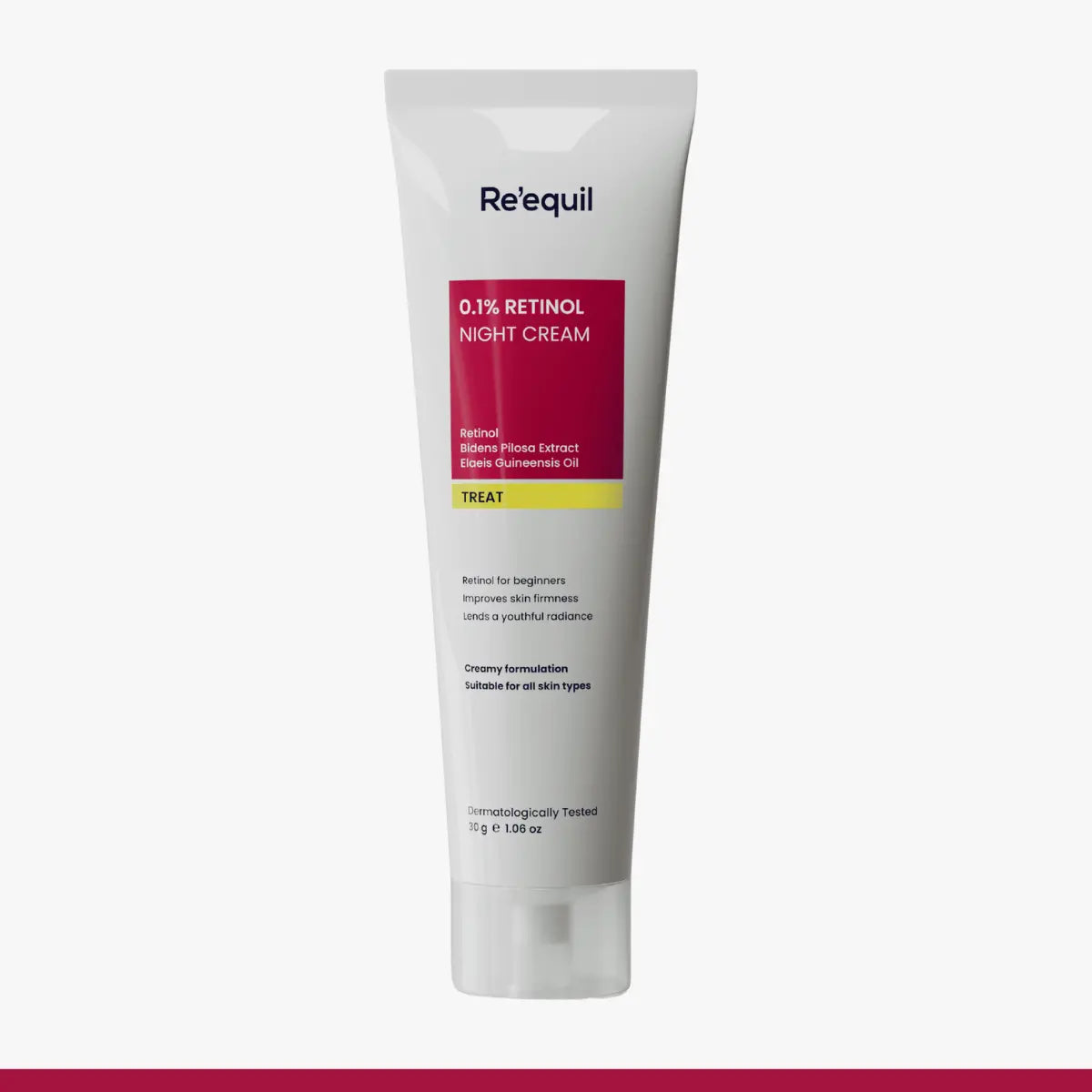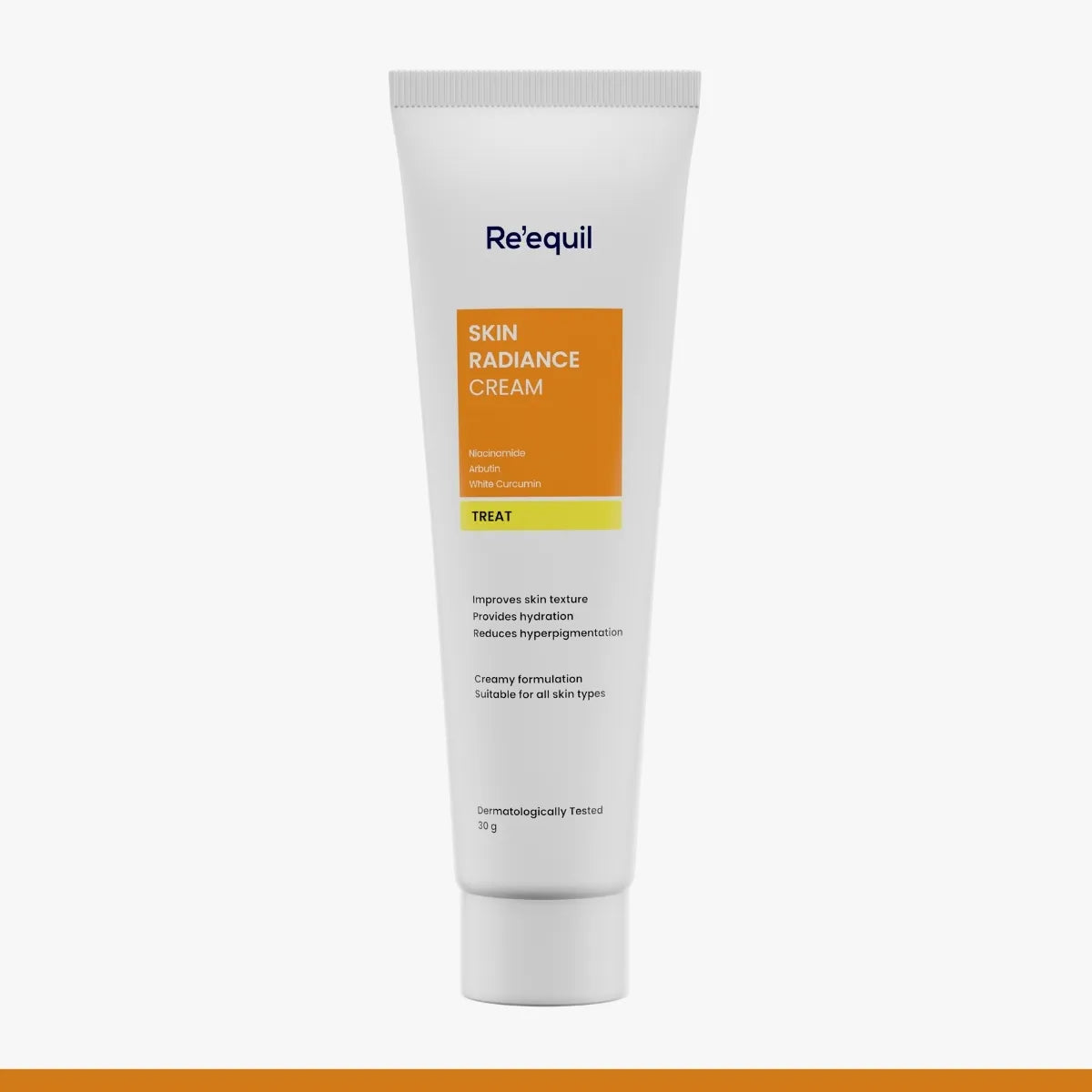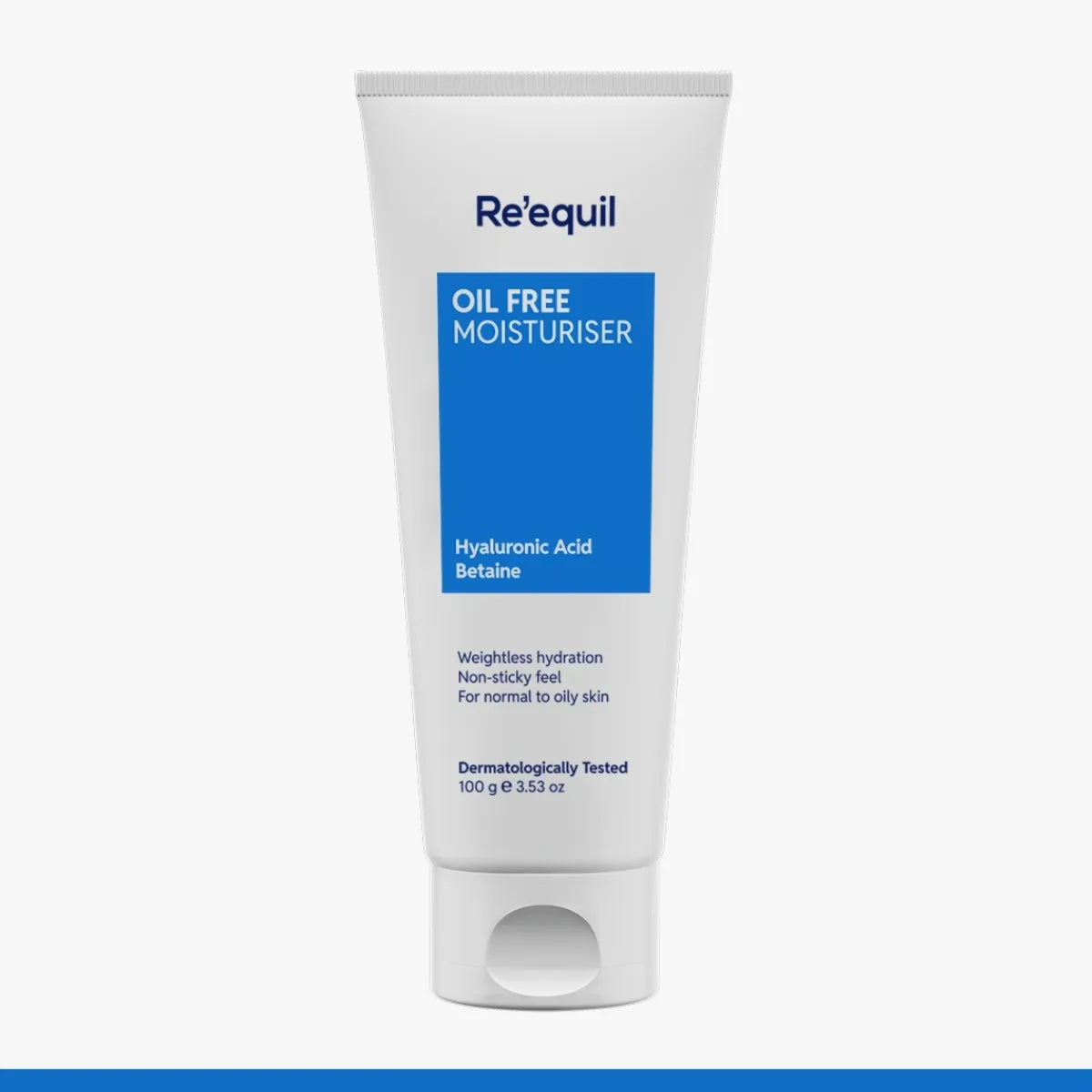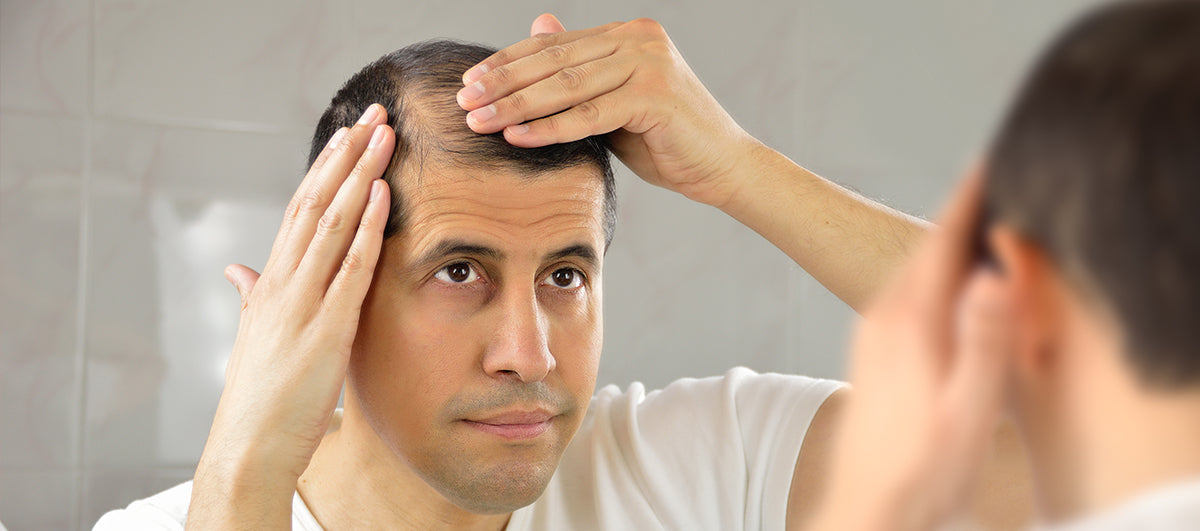The truth is the hardest pill to swallow when it comes to accepting the impending baldness. Experience of hair loss between both genders has become a serious reason for psychological distortion. Hair loss changes the person’s physical appearance, which permeates the feelings of low esteem and lack of confidence in their subconscious minds.
August is being celebrated “National Hair Loss Awareness Month” to shift focus towards knowing the root cause and right hair treatment. There is no other better time than right now to lift many spirits and make them realize that they are not alone in dealing with hair loss. To find the best solution to combat hair loss, firstly it is very important to know the reason behind your premature hair loss. Androgenic Hair Loss is the most common type of hair loss, also known as male or female pattern baldness. Various research studies have demonstrated that DHT is held responsible for miniaturization of hair follicles in androgenic alopecia (AGA).
What is DHT?
DHT is made from testosterone by an enzyme called 5-alpha-reductase. This androgen hormone is responsible for the development of male characteristics such as deep voice, growth of pubic, facial, and body hair. Not only men, but women also have DHT, which may lead to body or facial hair, increased acne, and menstrual complications. Both the high and low levels of DHT are associated with certain risks. Too much DHT is known to cause excessive hair loss whereas too low DHT levels cause poor sexual development.
How does DHT cause hair loss?
Various research studies explain that DHT increases the prevalence of pattern hair loss. Normally, your hair goes through the three phases of the growth cycle: anagen, catagen, and telogen.
Anagen: It is called the “growing” phase of the hair growth cycle. In this stage, cells divide at a rapid pace in the roots of hair and hair grows 1 cm each month. It is the longest phase that can last for 2-7 years.
Catagen: It is the shortest phase with a duration of 3 months. This is a transition phase between anagen and telogen. During this stage, your hair strands stop growing.
Telogen: In this stage, old hair shed and follicles return to the anagen phase to start the growth cycle all over again.

Hair growth cycle is disrupted when too much DHT is produced by enzyme 5-alpha-reductase. DHT starts to build up around hair follicles to begin the process of miniaturization. In this process, DHT shrinks your hair follicles by shortening the duration of the hair growth phase (anagen). Hereby, hair produced from these follicles is weak, thinner, and fragile which ultimately leads to complete baldness.
In today’s times, hair loss has become one of the most common problems. Lack of knowledge about right hair care is identified as a major factor that prompts hair loss, hair thinning, and pattern baldness. Hair loss can be managed effectively if acted upon at the right time. Hair care experts explain that some people lose their hair during stressful times. Stress is also considered to elevate DHT levels in the body. Once you know the real culprit behind your hair loss, attaining thick hair will not be a far-fetched fantasy. Last but not the least, self-love and acceptance are the fundamentals to a happy life.
P.S.
To control the hair loss caused by DHT, topical formulations like hair fall control serum are the latest innovations in the cosmeceutical industry. The inhibition of 5-alpha-reductase can contribute significantly to decrease DHT levels to control hair fall. Reportedly, several research findings have revealed that Indian cress; Watercress, and Aminexil are the ideal anti-hair fall ingredients. These topical agents help to block the formation of DHT, a primary cause for androgenic hair loss. Regular usage of an ideal hair fall control serum helps to boost the hair growth by rebalancing the hair growth cycle.





